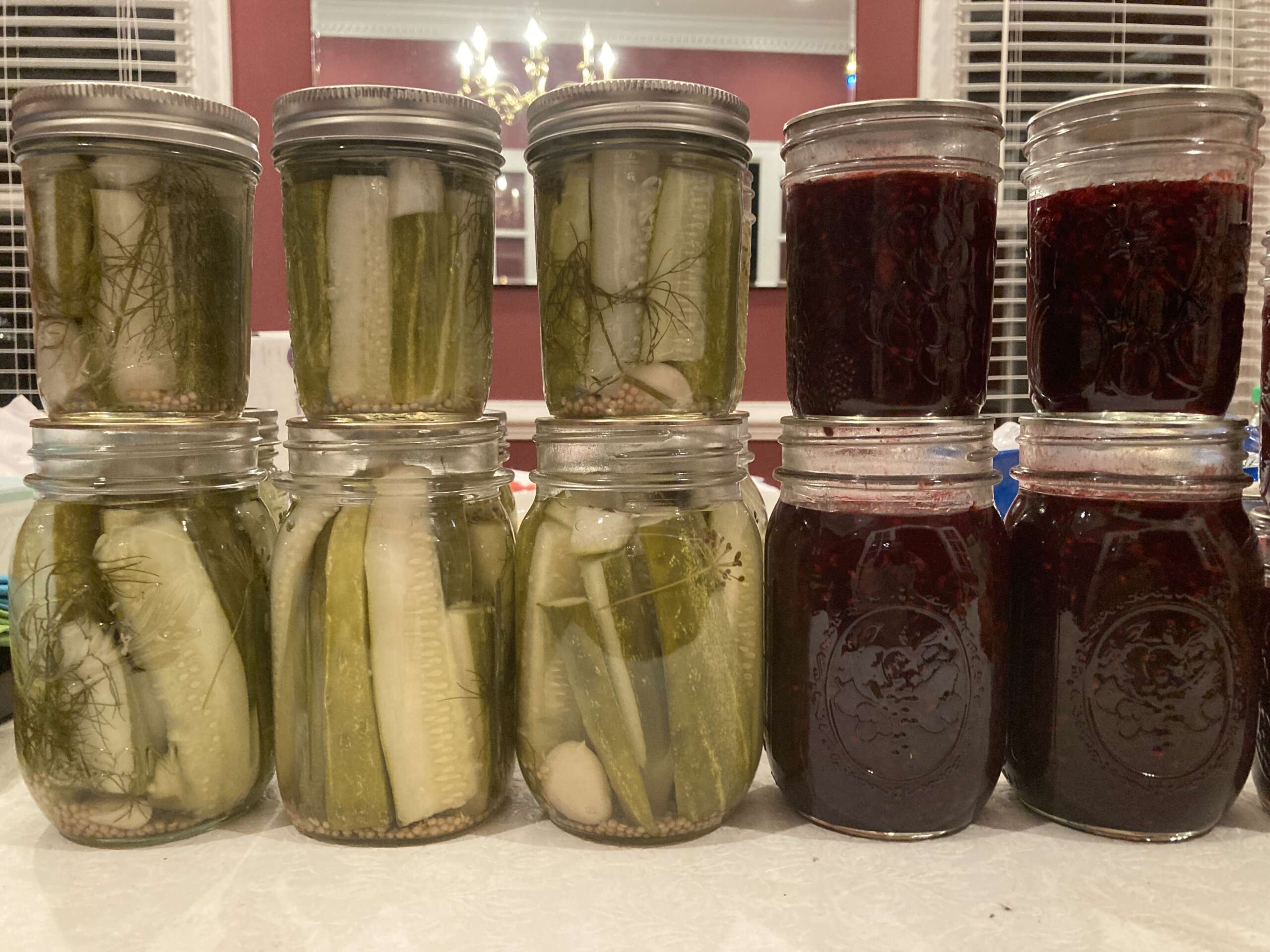Vegetable Gardening 101
By: Gary Garner Sr.
It’s that time of the year and anyone that gardens even a little has the itch to get outside and starting to play in the soil and get something in the ground. The ones of us that have gardened most, if not all our lives, know the basics or at least think we do. From experience, I can tell you we all still have something to learn.
There are many new gardening techniques or ideas being written and talked about each spring. Square foot gardening, raised bed gardens, square hay bales, container gardens are just a few of the new ideas you read about. As an old gardener, I’m still partial to digging up a plot and planting directly in the ground. I’ve tried several of the new ideas and found nothing easier or that gave me a better yield than an old-fashioned garden.
I’m sure to a new or inexperienced gardener, possibly with limited space, all these ideas are confusing. Let me say now all of them work if properly managed. I would like to point out basic things that no matter what method you choose need to be considered.
First, beware of frost and freeze… Vegetables like lettuce, onions, potatoes, and English (green) peas can handle a light freeze. For most any other vegetable pay attention to the weather. May 10th is the latest frost date on record for Central Virginia. That said, usually by the last week of April / first week of May you can look at the 10-day forecast and know what to expect. If a frost or freeze is in the forecast cover your plants with an old sheet, towel, or box etc. – never cover with plastic.
One of the most important things to remember is almost all vegetables need a minimum of 6 to 8 hours of direct sunlight. Some crops such as lettuce will grow in less light but still perform better in full sun. if you can’t find a spot with at least 6 hours of sunlight, you are likely to be disappointed in the results you get.
Next, know your soil. Your garden needs rich, loamy, well-drained soil. It might take 2 to 3 years to get the soil in good shape to get the best yield. If you have questions about the vitality of your soil, go by the local Virginia Tech extension office and pick up a soil sample kit. Once you get a soil sample the Agent can send it to the lab to find the needs of your soil.
You may have a problem with wind. If the garden receives a lot of wind, then you may need to erect some type of barrier to protect the plants from damage. This could be a fence or an attractive planting of shrubs or trees. Just remember the barrier needs to be far enough from the garden that shade or roots won’t interfere with the garden.
Another need is to have a nearby water source. Our summer rains can be irregular at best. If the garden is very big getting water to it could be a problem. A good idea is to have the garden close enough that it can be easily reached with a garden hose. One note here: a garden planted directly in the ground won’t require nearly as much water as most of the other methods mentioned above. In fact, some of the most productive gardens grown in the ground never see a drop of water other than what Mother Nature gives it!
Last, think about space. Most tomato plants need at a minimum 4 square feet of space in which to grow and produce properly. So before planting think about the space you have and what you want to plant. A 20 by 20 plot will give the average family of 4 enough produce for themselves and several neighbors.
Looking to save on the grocery bill by growing a garden? Click here for six tips to grow vegetables and save money! Let us know if you have any specific questions!



